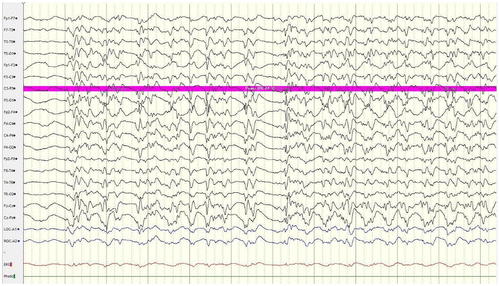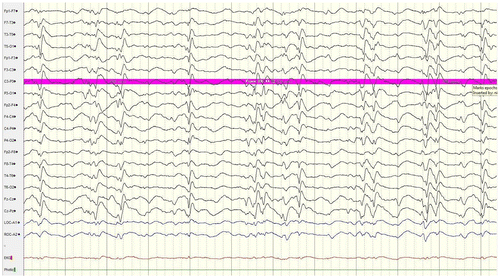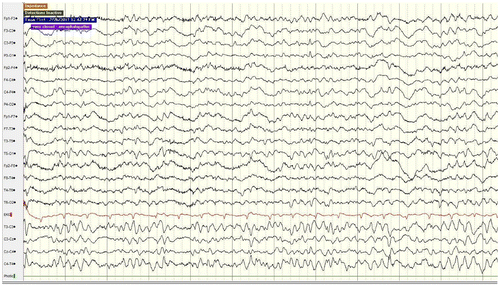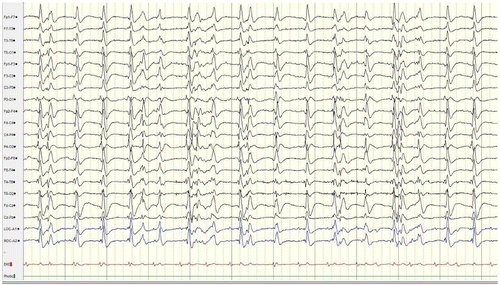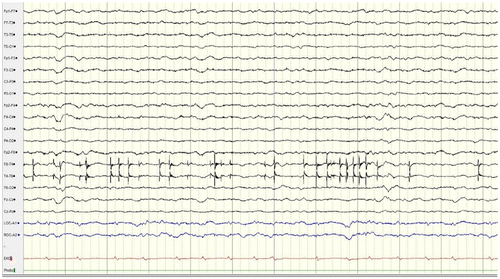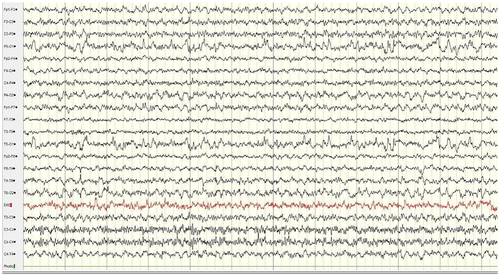Cogent Medicine
Volume 4, 2017 - Issue 1
Open access
5,409
Views
0
CrossRef citations to date
0
Altmetric
Case Report
Prognosis of post-cardiac-arrest anoxic encephalopathy using felbamate: A case report
Hisanori HasegawaGreenville Health System, Greenville, SC, USA;Saginaw VA Medical Center, 1500 Weiss St., Saginaw, MI48602, USA;Bronson Methodist Hospital, Kalamazoo, MI, USACorrespondence[email protected]
View further author information
& View further author information
Enrique Urrea-MendozaGreenville Health System, Greenville, SC, USA https://orcid.org/0000-0002-1588-8933View further author information
https://orcid.org/0000-0002-1588-8933View further author information
Udo SchumacherUniversity Medical Center Hamburg-Eppendorf, Germany
(Reviewing Editor)
Article: 1331601
|
Received 03 Mar 2017, Accepted 15 May 2017, Published online: 14 Jul 2017
Related research
People also read lists articles that other readers of this article have read.
Recommended articles lists articles that we recommend and is powered by our AI driven recommendation engine.
Cited by lists all citing articles based on Crossref citations.
Articles with the Crossref icon will open in a new tab.

